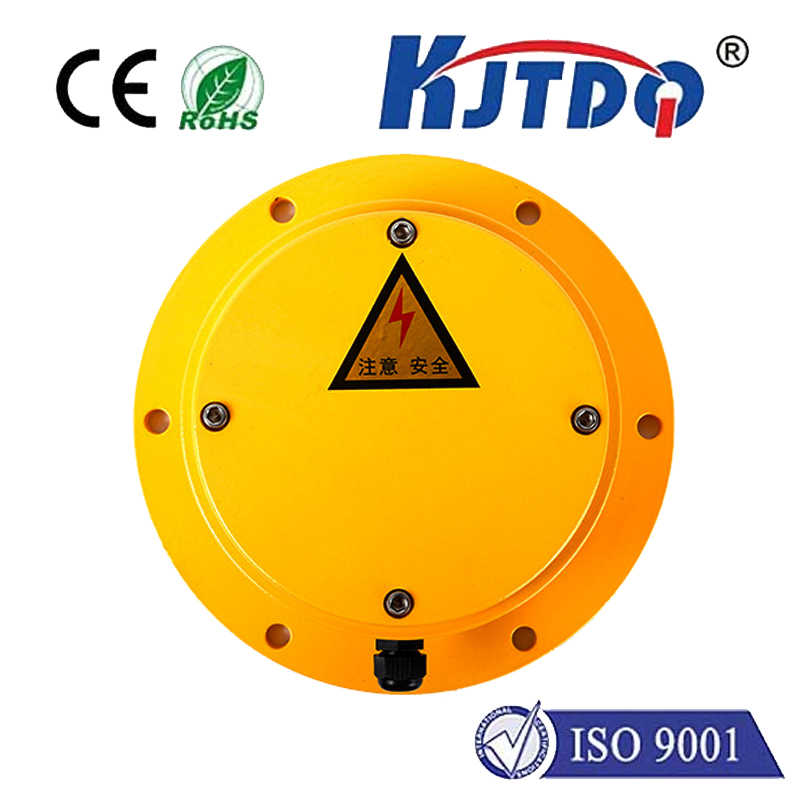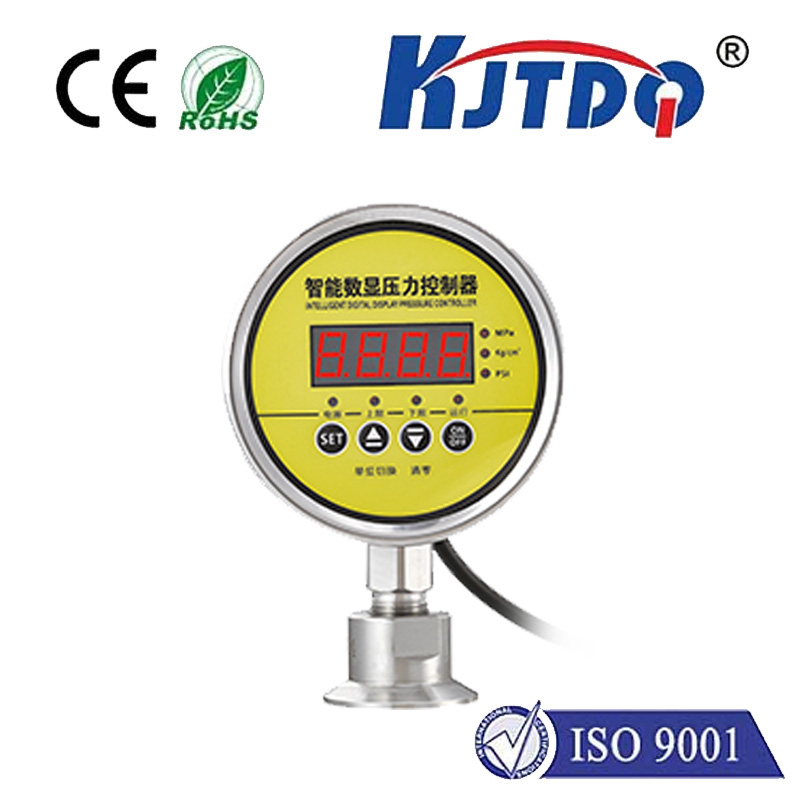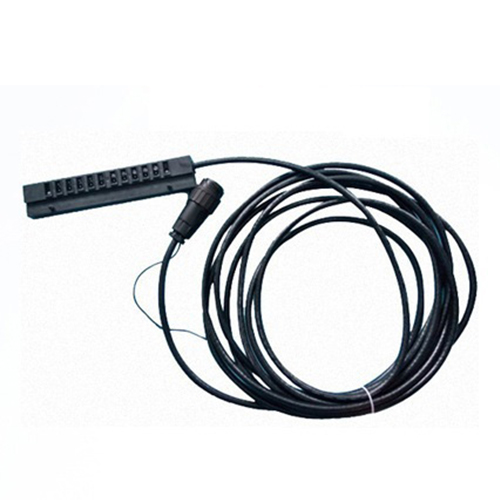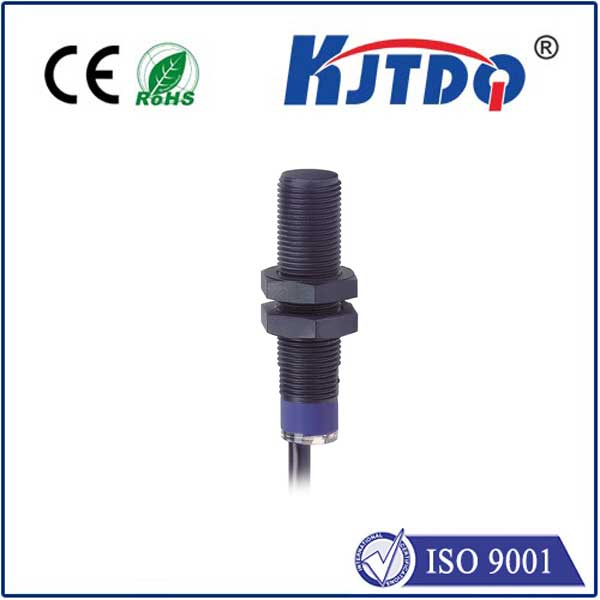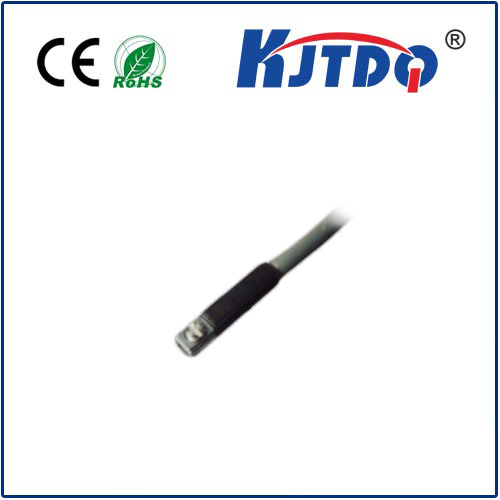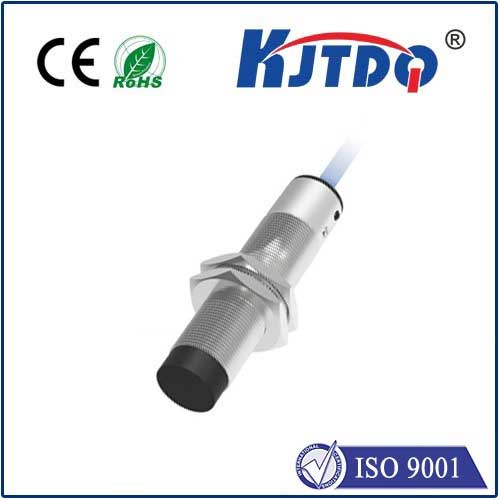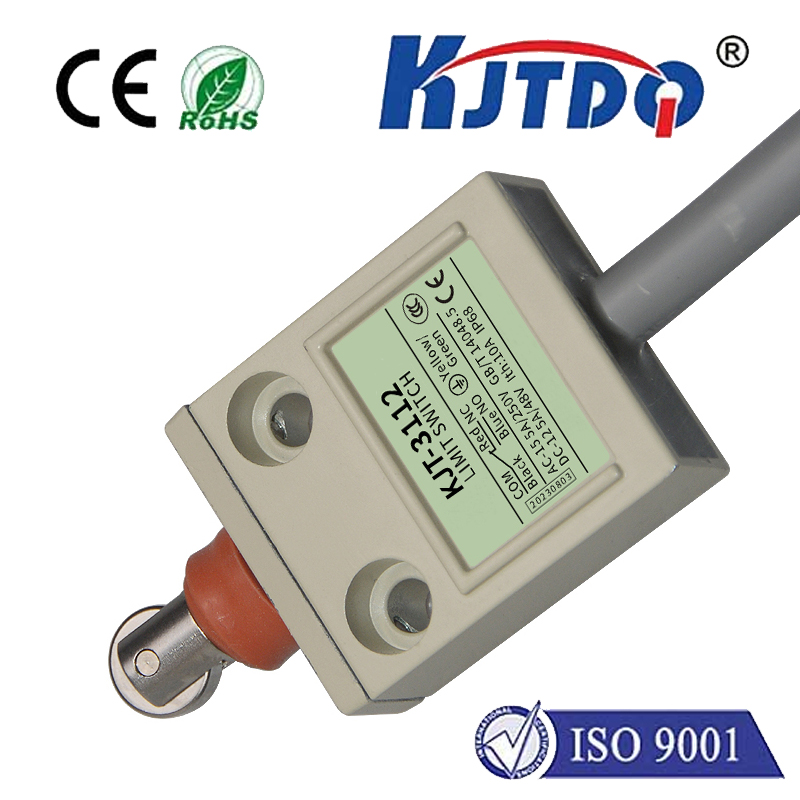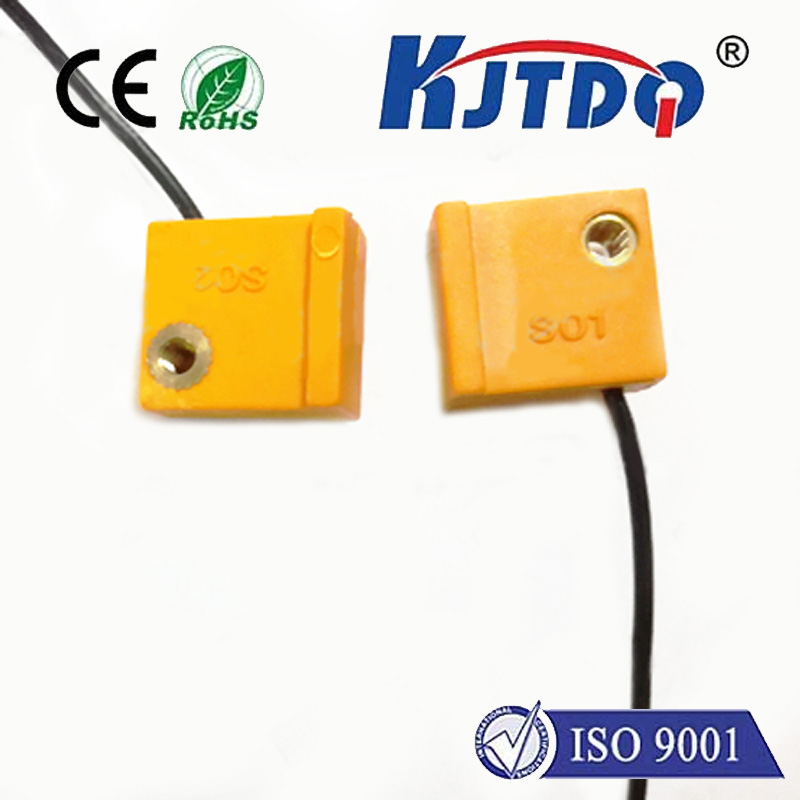3d tof sensor
- time:2025-08-22 00:27:12
- Click:0
Beyond Flat Images: How 3D ToF Sensors Are Unlocking Spatial Awareness in Tech
Imagine smartphones that understand not just what is in front of them, but exactly how far away it is, down to the millimeter. Envision robots navigating cluttered warehouses with human-like spatial understanding, or augmented reality experiences that seamlessly merge digital objects with the physical world, respecting real-world dimensions. This is the tangible power unlocked by 3D Time-of-Flight (ToF) sensors, rapidly emerging as a cornerstone technology for perceiving depth in our increasingly interactive world.
Unlike traditional cameras capturing only color and brightness (2D), 3D ToF sensors add the crucial third dimension: distance. They accomplish this feat, as their name suggests, by precisely measuring the time delay between emitting a light signal (typically invisible infrared light) and receiving its reflection off objects. This direct measurement of the ‘time of flight’ translates directly into highly accurate distance calculations for every point (pixel) in the sensor’s field of view, generating a real-time depth map or point cloud.
The Ingenious Mechanics of Measuring Light Speed
At the heart of a 3D ToF sensor lies a sophisticated process:

- Light Emission: An integrated laser or LED emits modulated pulses of near-infrared (NIR) light. This modulation is crucial for accurate time measurement.
- Signal Reflection: The emitted light travels outwards, striking objects within its range and bouncing back towards the sensor.
- Precise Capture: A specialized sensor chip, often containing thousands or millions of pixels, captures the returning light signals. Crucially, each pixel doesn’t just measure intensity; it measures the phase shift or the precise time difference between the emitted light pulse and the returned reflection. This is typically done using fast, phase-sensitive demodulation techniques right at the pixel level.
- Depth Calculation: This measured phase shift or time delay is directly proportional to the distance the light traveled. Using the known speed of light (approx. 300,000 km/s), the sensor’s processing unit calculates the distance to the object for each individual pixel.
- Depth Map Generation: The result is a dense, real-time depth map – a rich dataset where every pixel value corresponds to a distance measurement. This map provides a complete three-dimensional understanding of the scene, far beyond the capabilities of standard 2D imaging.
Moving Beyond Theory: Real-World Impact Across Industries
The unique capabilities of 3D ToF technology are driving innovation across diverse sectors:
- Smartphones & Consumer Electronics: This is perhaps the most visible application. 3D ToF sensors power sophisticated facial recognition for secure unlocking (Apple’s Face ID and many Android alternatives), enable stunning portrait mode effects with precise background blurring (bokeh), and accelerate autofocus in challenging low-light conditions. They are also fundamental to emerging augmented reality (AR) experiences, allowing virtual objects to realistically interact with physical surfaces and depths.
- Automotive & Autonomous Systems: 3D ToF cameras are vital components in Advanced Driver Assistance Systems (ADAS) and autonomous vehicle development. They provide robust object detection, pedestrian recognition, interior monitoring (driver alertness, occupancy), and enable features like gesture control for infotainment systems. Their ability to perform well in varied lighting conditions makes them highly valuable.
- Robotics & Industrial Automation: Robots need spatial intelligence. 3D ToF sensors enable accurate navigation in dynamic environments (warehouses, factories), bin picking by identifying object position and orientation, collision avoidance, and volume measurement. Their speed and reliability are critical in industrial settings.
- Logistics & Supply Chain: Beyond robotics, ToF sensors are used for pallet dimensioning, optimizing storage space, and automating inventory management by accurately scanning and measuring goods.
- Building Information Modeling (BIM) & Surveying: 3D ToF cameras facilitate rapid site scanning and as-built documentation, capturing detailed spatial data for renovation, planning, and facility management far faster than traditional methods.
- Healthcare & Wellness: Applications include patient monitoring (detecting falls, monitoring vital signs remotely), gait analysis, and interactive therapy systems. They offer privacy advantages over conventional cameras as they primarily capture depth information, not detailed visual appearance.
Why ToF Stands Out: Key Advantages in Depth Sensing
While other technologies like stereo vision (using two cameras) or structured light (projecting coded patterns) also capture depth, 3D ToF sensors offer compelling advantages:
- Simplicity & Compactness: ToF systems often require only a single camera and emitter, leading to smaller, more robust modules ideal for integration into mobile devices.
- Real-Time Performance: Direct time measurement allows for incredibly fast depth calculation, typically achieving high frame rates (30fps or more) crucial for dynamic applications like robotics, AR, and gesture control.
- Robustness Against Ambient Light: Modern ToF sensors use specific modulation frequencies and advanced signal processing techniques to effectively filter out interference from ambient light, enabling reliable operation both indoors and outdoors.
- Whole-Scene Capture: ToF systems illuminate the entire scene at once, capturing distance data for all objects within their field of view in a single shot, without requiring scanning.
- Relatively Cost-Effective: As the technology matures and volume increases, ToF sensor solutions are becoming increasingly cost-competitive, opening doors to wider adoption.
The Evolving Landscape and Future Outlook
3D ToF technology continues to advance rapidly. Key areas of development include:
- Increased Resolution: Higher pixel count sensors deliver denser, more detailed depth maps.
- Extended Range: Advancements are pushing the effective measurement range further for applications like automotive LiDAR and long-range surveillance.
- Improved Accuracy & Multi-Path Resistance: Enhancing algorithms to deal with complex reflections and challenging surfaces.
- Lower Power Consumption: Critical for battery-powered devices like smartphones, AR/VR headsets, and IoT sensors.
- Multi-Spectral & Fusion: Combining ToF data with other sensor modalities (RGB cameras, IMUs) for richer contextual understanding.
From enabling the seamless blur in your vacation photos to guiding autonomous vehicles and revolutionizing industrial automation, 3D ToF sensors have moved from niche technology to an essential component for building machines that truly perceive and interact intelligently with the three-dimensional world. As the technology evolves towards greater precision, efficiency, and affordability, its ability to unlock spatial awareness will undoubtedly fuel the next wave of innovation across countless fields, shaping how we interact with devices and understand our environment. The future is looking deep.






